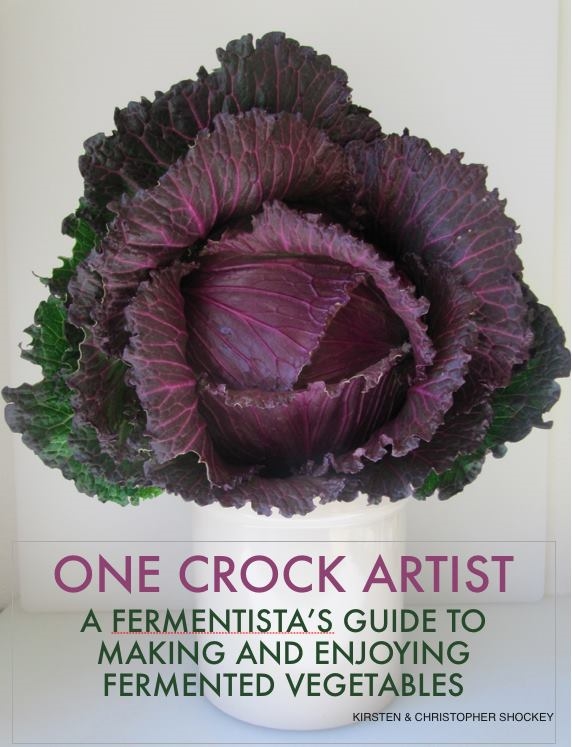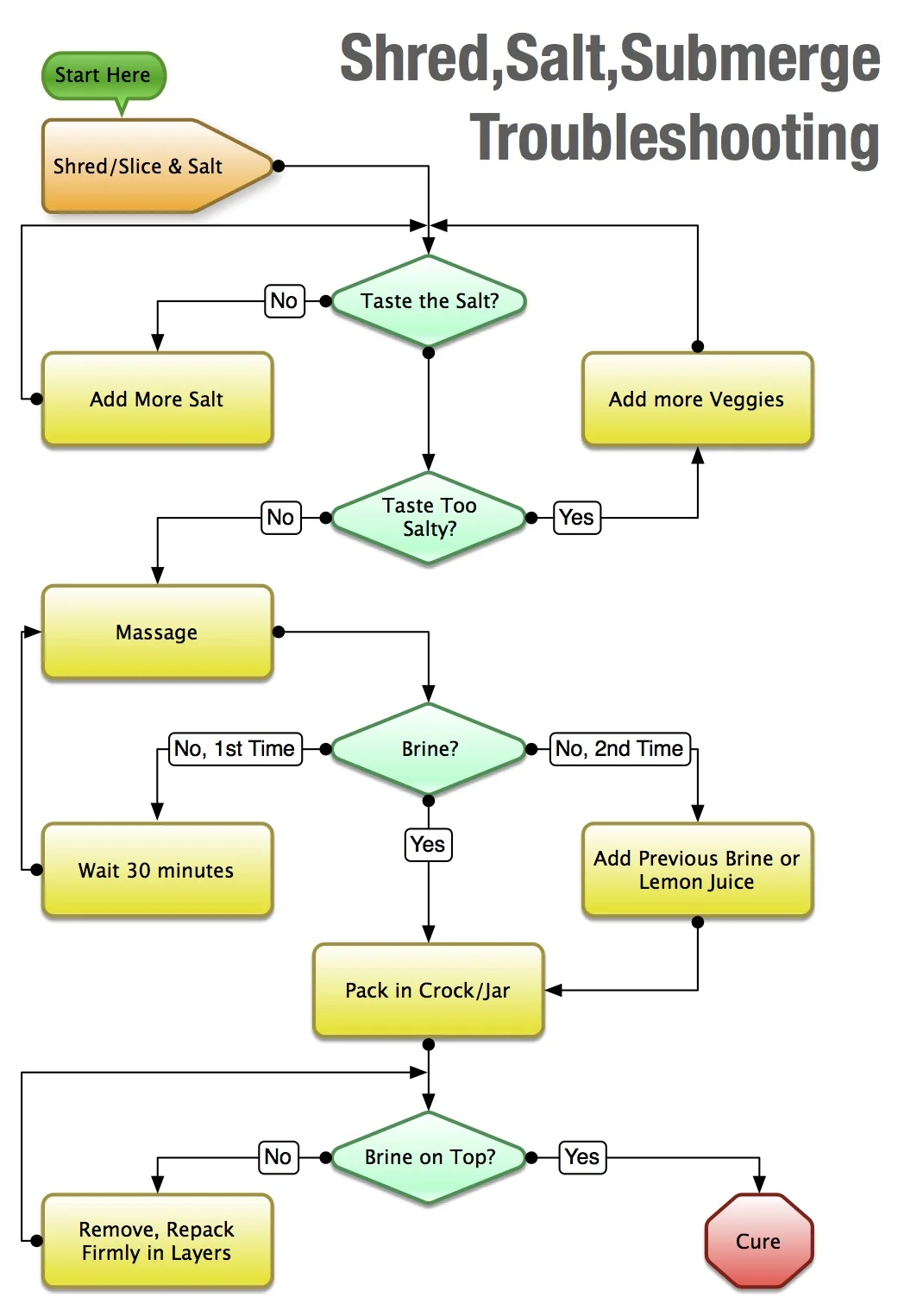Once upon a brine...
Once upon a brine a husband had the idea to write a vegetable fermentation book. The wife told him that she already had a project but he should go right ahead. In a short time he lured her into his project. Over the next two years they spent time together playing with their food and writing words. Oh, the romance. Meanwhile the book that grew and grew and grew had no home. They had submitted it to one publisher who talked to them and another who sent a form letter rejection. (the indignity) They were not deterred and the book neared completion. This husband and wife were consummate DIYers and they thought—why don’t we become a small indie press while we are at it? (bad idea)
In January 2013 the husband’s New Year’s resolution (he does that) was to create an e-book to release in February. This was after the wife had spent a few months talking to freelance editors, designers, and printers. That was when they realized an indie press might be a harder way to make a living than a small family farm, and they already had one of those. They finished the e-book but never released it. A friend, who believed in the project, encouraged them to submit it a few more times first.
Fast forward to January 2015. Happy New Year! (Christopher might have a few New Year resolutions, among which might be a “hot” new book project. We can’t say more.) 2014 was amazing! Storey Publishing released the book Fermented Vegetables in October which hit a Pacific Northwest best seller list in December. While we appreciate all that we taught ourselves, we are thankful for all that we have learned from the team that made this happen.
If your New Year’s resolution is to try fermenting vegetables because you want to and just haven’t taken a plunge into the brine, this is your chance and it will only cost you $2.99. Storey Publishing and Workman's Blue Plate Special are offering the e-book version of Fermented Vegetables for the entire month of January. Or, you can get it from any of your favorite e-book retailers.
Snapshot of a draft cover of Fermented Vegetables before it was the beautiful book we know and love. The husband and wife do find it apropos that this special price is happening on the anniversary of their short e-book publishing career





